When MPs get together in the House, after a nod upstairs and a quick rifle through the mail the first thing they do is spend an hour in a ferocious inquisition of the Government.
Trying to nail ministers to the wall with questions is one way Parliament carries out a core function - keeping a check on the significant power of the executive. You could call it responsible government by spectacle.
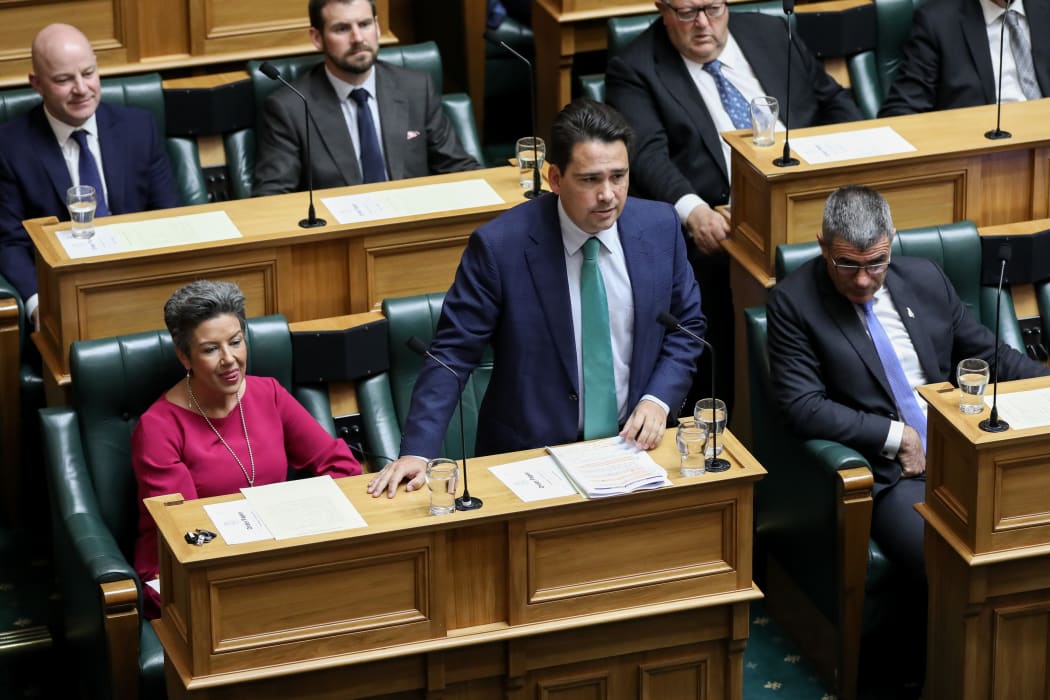
Photo: © VNP / Phil Smith
The main event at Question Time is usually also the first event.
Opposition MPs traditionally ask questions in party-rank priority, so the first question is from the Leader of the Opposition, directed at the Prime Minister (or on Thursdays when the leaders are away, from and to their deputies).
Simon Bridges always chooses to open with a very general primary question to Jacinda Ardern, usually "does she stand by all her government's statements, policies and actions?"
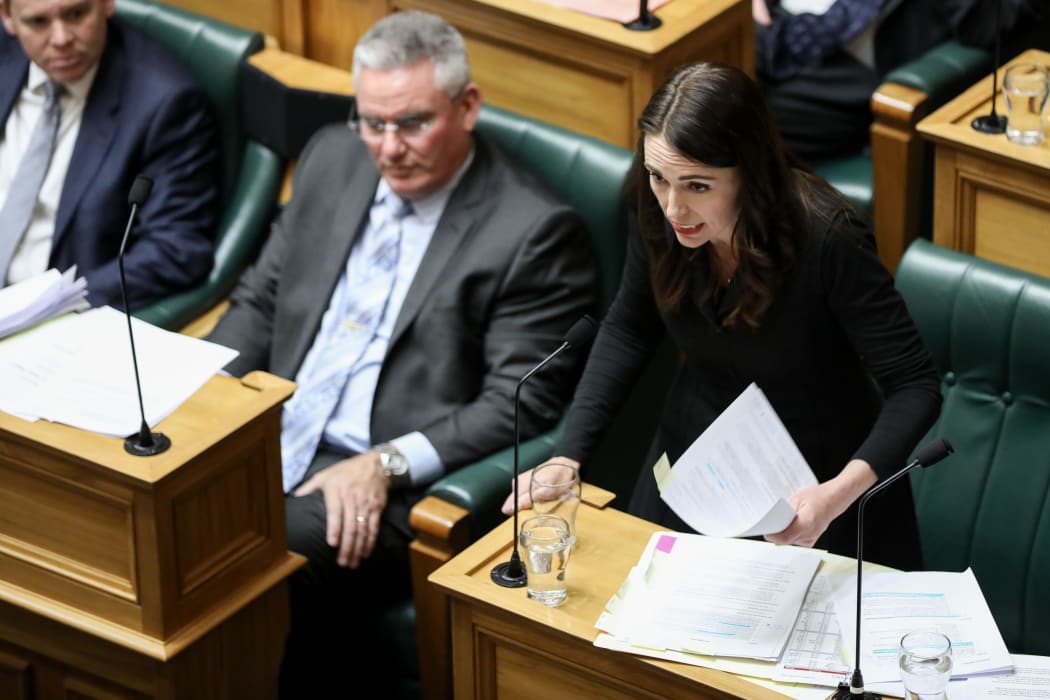
Photo: © VNP / Phil Smith
Primary questions are pre-published each day to give ministers a couple of hours to prepare to answer in detail. Without a specific primary question the Prime Minister Jacinda Ardern gets no warning of what topic to prepare for (and for a PM it could be something from any minister's portfolio).
While only general answers are expected after general primary questions, a lack of specifics can be used against you politically. So to prepare for all eventualities she brings copious notes on various possible question topics - all colour coded and post-it flagged.
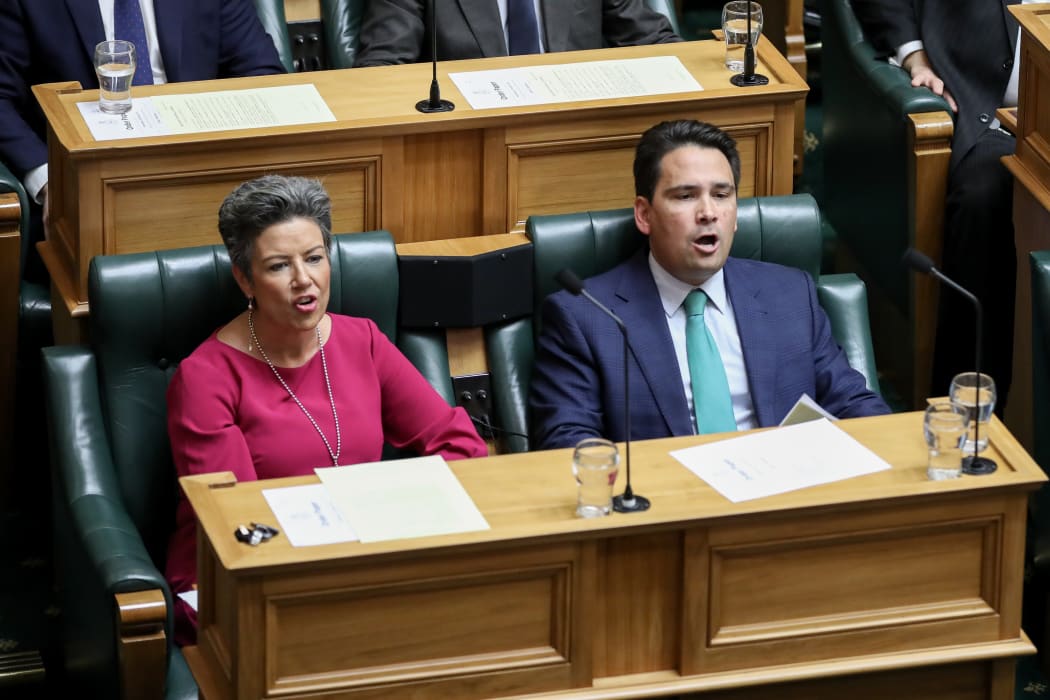
Photo: © VNP / Phil Smith
Simon Bridges & Paula Bennett 'listen' to the Prime Minister answering a question from Simon Bridges.
The Speaker, Trevor Mallard, demands complete silence while a question is being asked, but once the answer begins interjections are allowed. Depending on the topic and the people involved the noise level inside the chamber can be impressive (like a rowdy sports bar at the moment the All Blacks score a try), but more constant.
High volume interjections are more likely if the answer is getting ‘political’ (i.e. a counter-attack on the opposition), or weakness has been sensed in the answer, or if the answer is not going in a direction the opposition would prefer. In short either opposition excitement or annoyance get loud.
To add to the volume the governing benches will often join in in counter barracking, or in echoing the Minister's main points. Their efforts are amplified if they're behind the Minister answering (whose microphone is live). From the audience’s point of view it can be hard to know who is baying and for whom.
On this occasion Simon Bridges will be pulled up by the Speaker for bringing him into the debate. The first person grammar of the repeated interjection "answer the question" means it is being yelled at the Speaker and not at the Prime Minister.
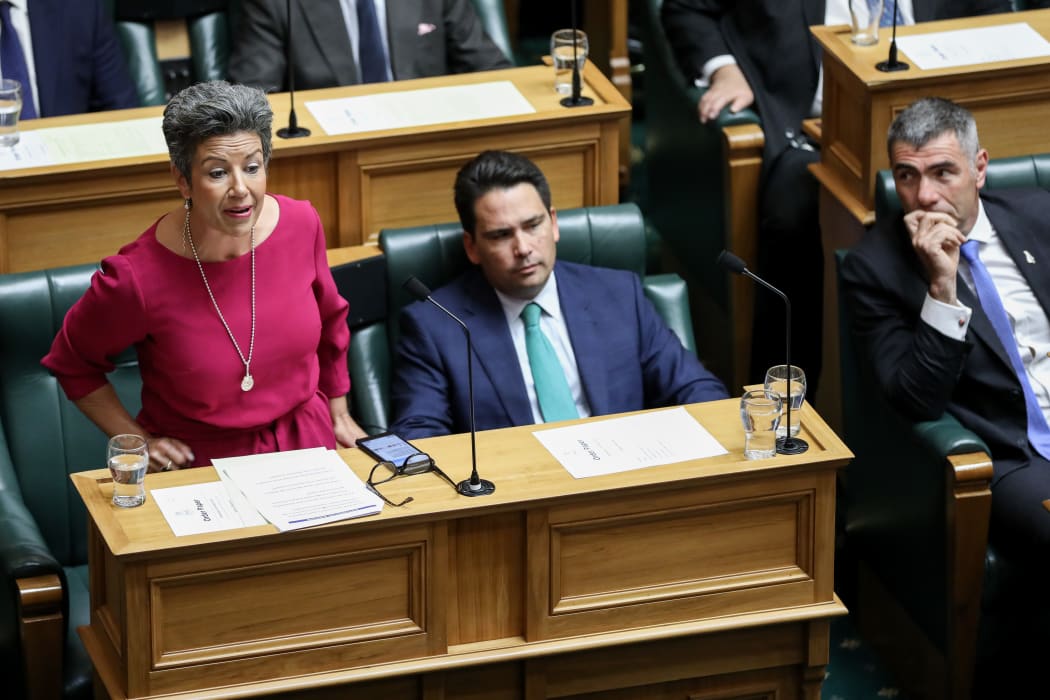
Photo: © VNP / Phil Smith
Batter up... once the Leader of the Opposition has fired off all his available ammunition the next in line is usually the Deputy Leader of the national Party Paul Bennett. Often also to the Prime Minister.

Photo: © VNP / Phil Smith
Here Labour MP Anahila Lose Kanongata'a-Suisuiki rises armed with a helpful list of queries for the Minister for Social Development, Carmel Sepuloni.
Junior governing party MPs rarely answer questions, but they do ask them. The governing parties are also allocated questions (though not as many as the opposition). These are often called ‘patsies’.
There are two main kinds of patsies. Primary Patsies (beginning a new line of questioning), offer a minister a chance to announce good news or boast of achievements or initiatives, or even make dry ‘public service announcements’.

Photo: © VNP / Phil Smith
The second kind of patsy is the supplementary patsy (interpolated into a line of questions from the opposition). Well directed, a patsy supplementary can allow a minister to clarify an issue, can provide a counter-argument, make a counter-attack, or direct a comic barb back at the opposition.
They are sometimes used to interrupt the flow of an effective attack, providing respite for a minister to regain their composure. They can also prompt a minister on how to respond to a line of attack (like passing a very public note). And they are also an opportunity for a coalition partner to add their own perspective on an issue.
The MPs that use these techniques are usually quite senior (Chris Hipkins, Grant Robertson and Winston Peters are the most frequent).
Here Green MP Chloe Swarbrick (watched by Golriz Ghahraman) interrupts a line of questions from Paula Bennett to ask the Prime Minister if she can confirm that the Labour-Green confidence and supply agreement requires a cannabis referendum.
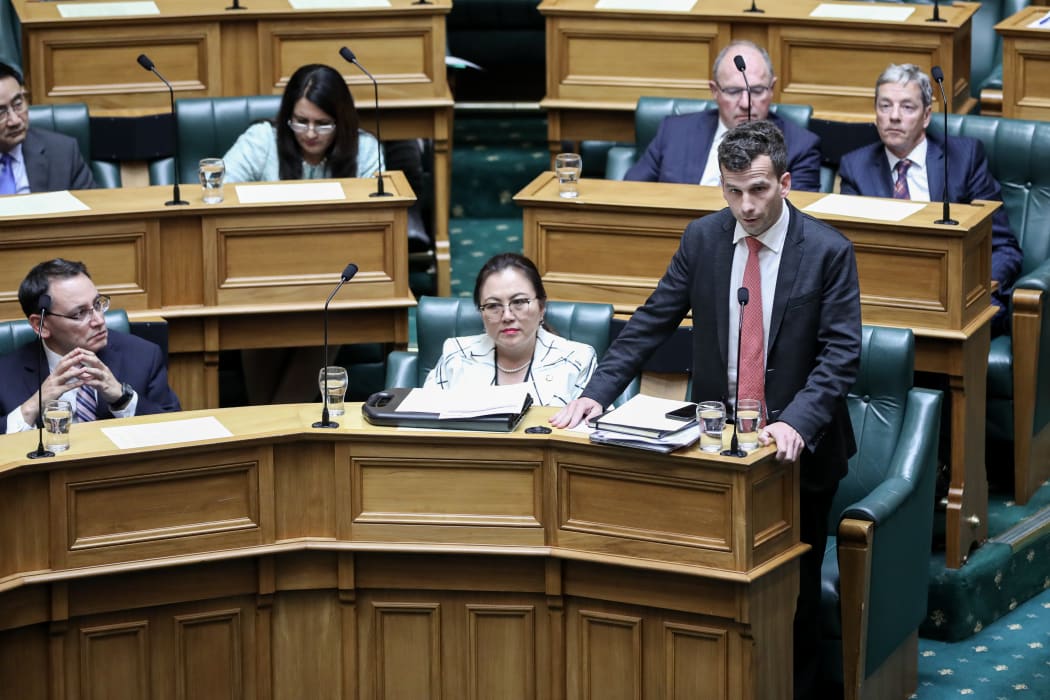
Photo: © VNP / Phil Smith
With only a single MP in the House the ACT Party gets to ask very few primary questions (roughly one every three weeks) and only a few more supplementary questions each week.
Tactically, David Seymour has to keep an ear out for opportunities where he might jump into a question line already underway with one of his own precious supplementaries. But with so few arrows in his quiver it is difficult to construct an effective line of inquiry.
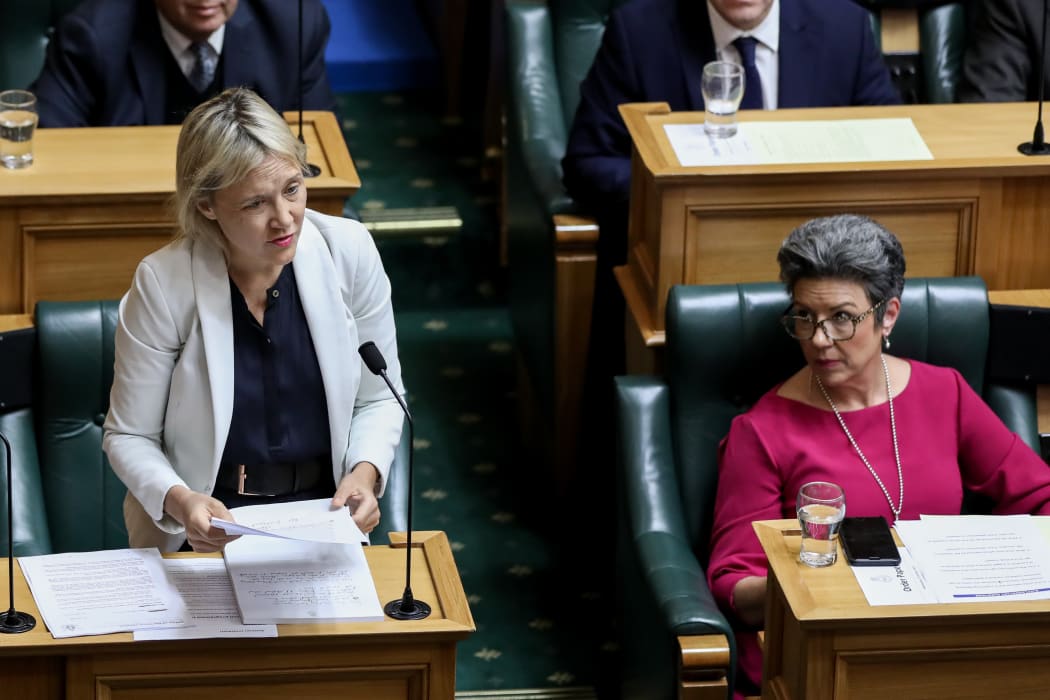
Photo: © VNP / Phil Smith
Usually the Leader of the Opposition aims a large portion of his party allocation of supplementary questions at the Prime Minister. But on this Wednesday Simon Bridges was restricted in how many he could ask (as a punishment for ignoring the Speaker). So four other National Party MPs were also given a crack at the Prime Minister.
Usually rank-and-file MPs ask questions of their opposite numbers (so the police spokesperson would question the Minister of police) but because the Prime Minister is ultimately responsible for everything she can be asked questions in lieu of any minister.
Nikki Kaye is National’s lead education spokesperson and was one of the five National MPs to ask "does she stand by all her government’s policies and actions.” The topic on this occasion was school lunches.
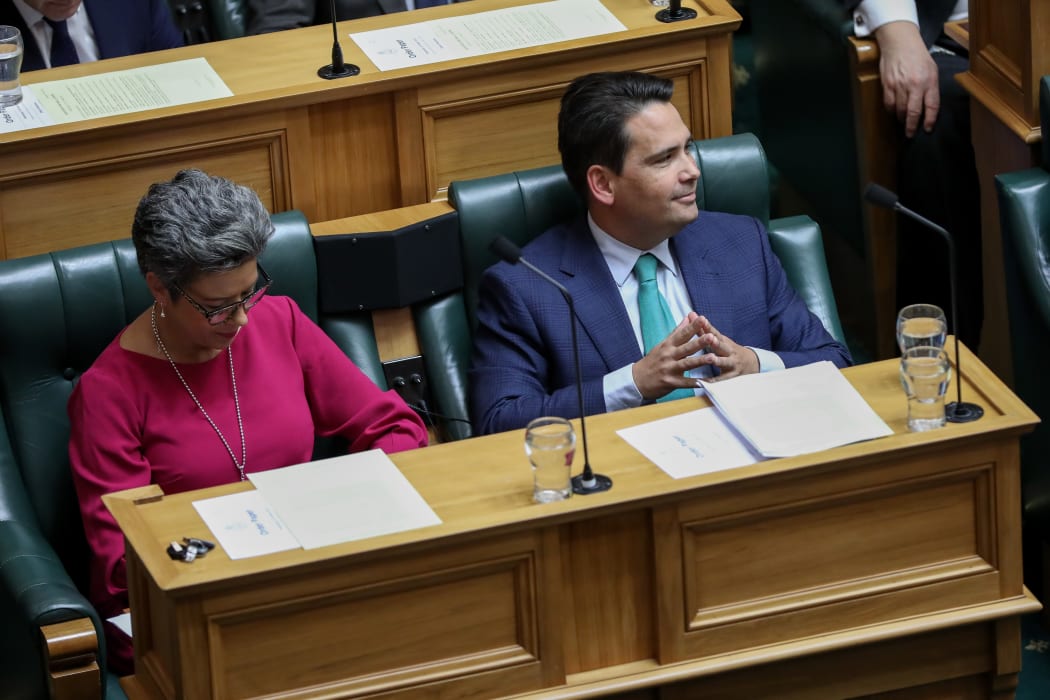
Photo: © VNP / Phil Smith
His limited supplementary questions now spent, National Party leader Simon Bridges can sit back and appraise the success of his team's approach.
Larger parties have a number of leaders in the House: the discipline and roster bosses are the party whips, the rules and tactics captain is the Leader (or Shadow Leader) of the House. But the overall boss and coach is the party leader.
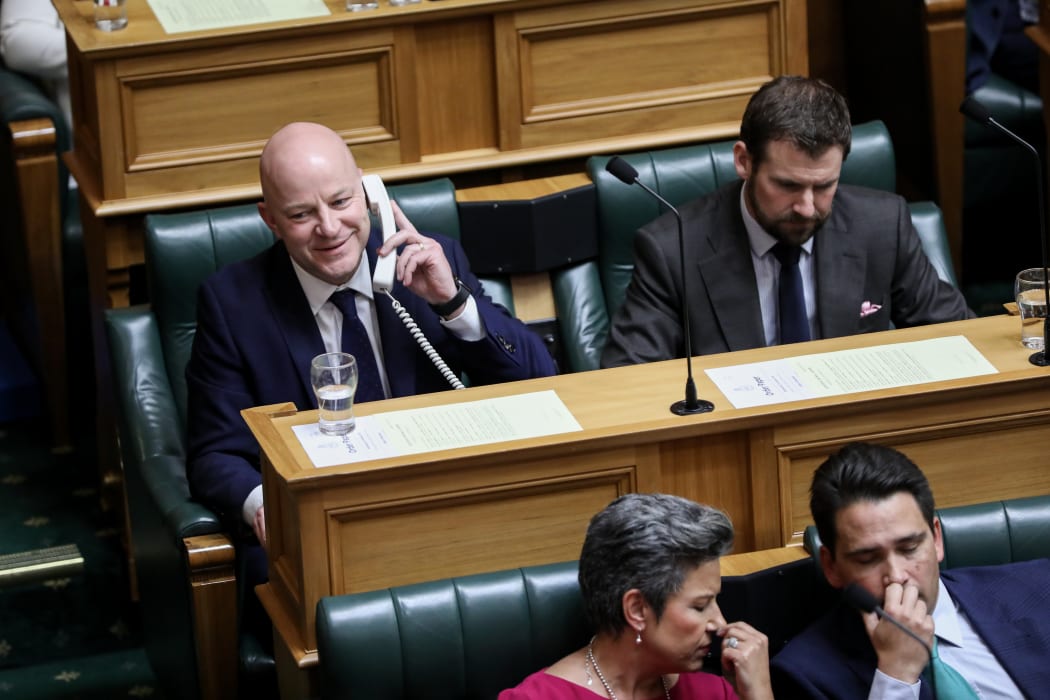
Photo: © VNP / Phil Smith
This is the National Party Junior Whip Matt Doocey on the phone. National have three whips: Barbara Kuriger is Senior Whip and Tim van de Molen is Third Whip (to the right of Matt Doocey in the picture).
Whips and party leaders are the only MPs who are allowed to use phones in the House (for audio calls). They each have one installed at their desk. Here, towards the end of Question Time, Matt Doocey is presumably confirming arrangements for the General Debate and the roster of speakers for the government bills that will follow it.
While the whips have land-lines at their chamber desks every MP uses smart phones for messaging, social media etc (but not for phone calls). These days most party communication is done via messaging apps (where a Whip can more easily communicate with multiple MPs at once regardless of their locations).
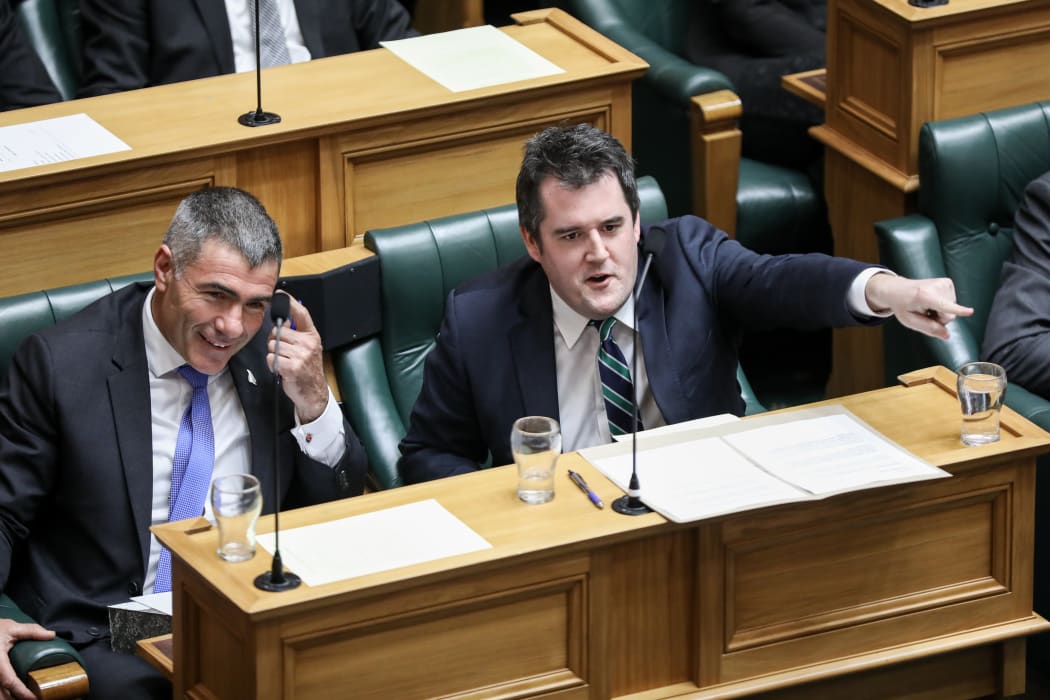
Photo: © VNP / Phil Smith
Chris Bishop is the next National MP to have a crack at the Prime Minister (rather than his more usual opponent the Minister of Transport). Here he interjects her answer to implore she ask the Minister concerned. "Ask him. He's right there!"
Many MPs on both sides of the chamber appear to enjoy their exchanges in the Chamber on entertainment or sporting levels as well as having a political and personal stake in the outcomes.
The running gag of this particular Question Time is that as five National MPs are asking identical primary questions of the Prime Minister this is the "National Party's Leader of the Opposition auditions". Chris Bishop has been welcomed by the Prime Minister as "contestant number four".
---
A second photo essay follows on from the one above: General Debate: Scenes from the Bear Pit


